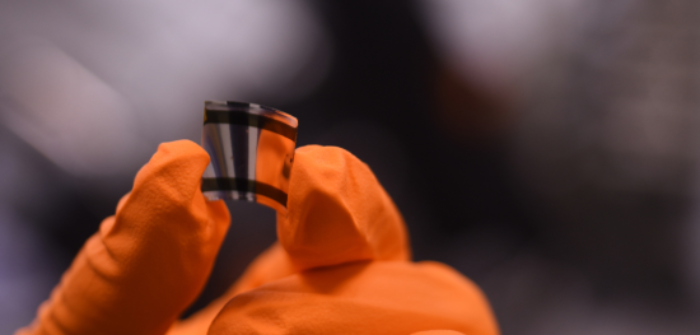New materials developed at the University of Surrey in the UK could pave the way for the next generation of flexible x-ray detectors, with potential applications to include airport scanners as well as medical imaging.
Traditionally, x-ray detectors are made of heavy, rigid material such as silicon or germanium. Substances built up of hydrogen and carbon, known as organic semiconductors, offer a more flexible solution, but the University of Surrey scientists found they did not enable as detailed an x-ray image to be produced as traditional detectors.
To solve this challenge, the scientists at the university’s Advanced Technology Institute created devices based on an ink by adding low quantities of high atomic number elements to an organic semiconductor. Building on their previous research in this field, the team says their new detector behaves “more like human tissue under x-rays”.
“This new technology could be used in a variety of settings, such as radiotherapy, scanning historical artefacts and in security scanners. The University of Surrey together with its spin out SilverRay continues to lead the way in flexible X-ray detectors – we’re pleased to see the technology shows real promise for a range of uses,” said Professor Ravi Silver, director of the University of Surrey’s Advanced Technology Institute.

